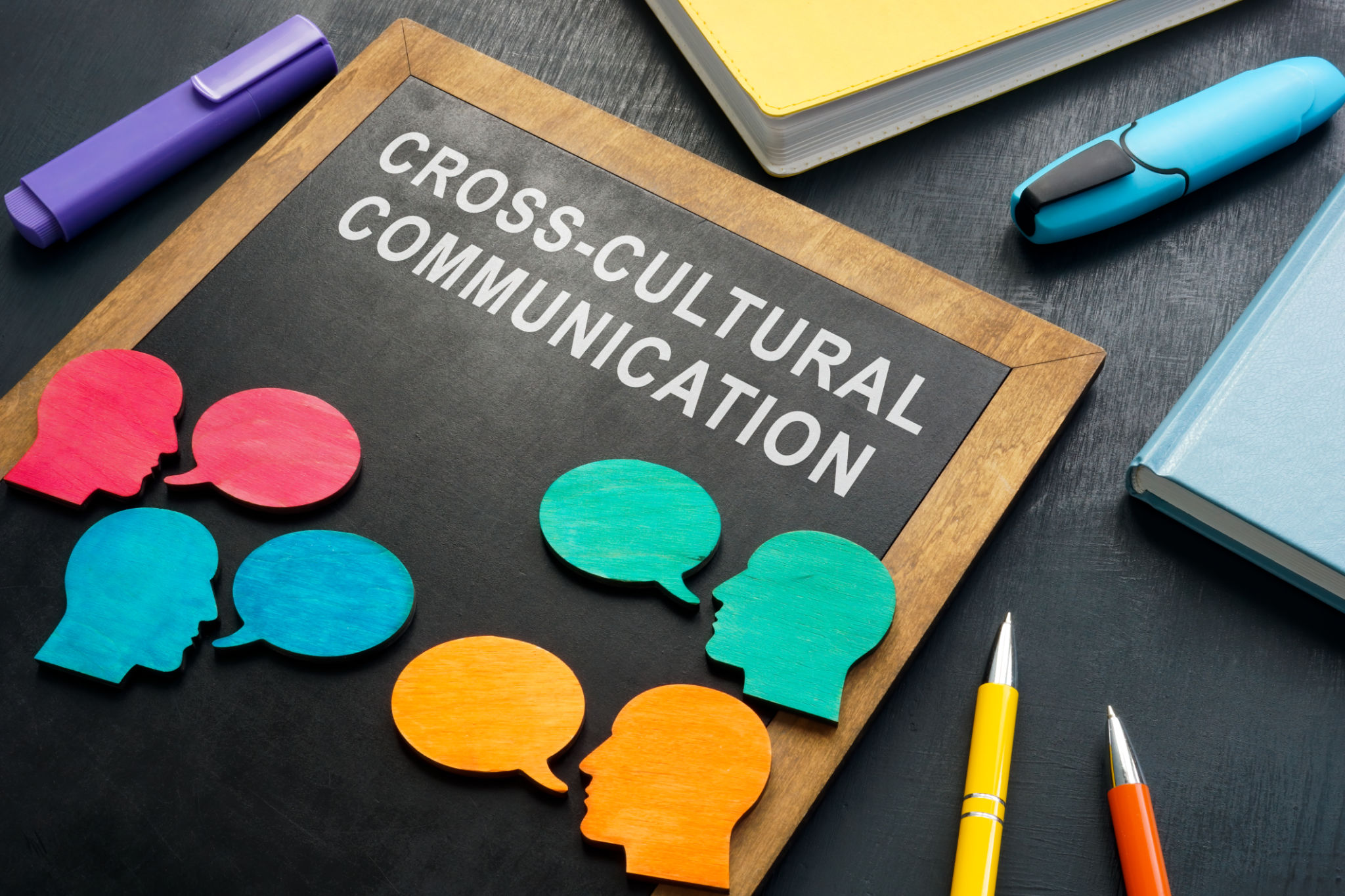Exploring International Educational Partnerships: Opportunities and Challenges
Introduction to International Educational Partnerships
In today's interconnected world, educational institutions are increasingly looking beyond their borders to form international partnerships. These collaborations offer a wealth of opportunities for both students and faculty, fostering global understanding and expanding academic horizons. International partnerships can take many forms, from student exchange programs to joint research projects, each bringing unique benefits and challenges.
As institutions embrace these global relationships, they are able to enrich their curricula, provide diverse cultural experiences, and enhance their research capabilities. However, navigating the complexities of international collaborations requires careful planning and strategic management to ensure that both parties achieve their desired outcomes.

Opportunities Presented by International Partnerships
One of the most significant advantages of international educational partnerships is the opportunity they provide for students to experience different cultures firsthand. Through exchange programs, students can immerse themselves in new environments, gaining language skills and cultural competencies that are increasingly valuable in a globalized world.
Moreover, faculty members benefit from these partnerships as they engage in collaborative research projects that bring together diverse perspectives and expertise. This cross-pollination of ideas can lead to innovative solutions to global challenges and elevate the academic standing of participating institutions.

Challenges in Establishing International Collaborations
While the benefits of international educational partnerships are clear, they are not without challenges. One of the primary obstacles is the difference in educational systems and standards, which can complicate the transfer of credits and recognition of qualifications. Institutions must work diligently to align their curricula and ensure mutual recognition of academic achievements.
Additionally, language barriers and cultural differences can pose significant hurdles. Effective communication is crucial for the success of any partnership, and institutions must be proactive in fostering an environment of mutual respect and understanding.

Strategies for Successful Partnerships
To overcome these challenges, educational institutions should adopt strategies that promote successful collaborations. Establishing clear objectives and expectations at the outset is essential. Both parties should agree on the goals of the partnership and the measures of success.
Furthermore, regular communication and feedback mechanisms should be established to address any issues that may arise. This not only helps maintain a positive relationship but also ensures that the partnership remains aligned with its original goals.
Leveraging Technology
Technological advancements have made it easier than ever for institutions to collaborate across borders. Online platforms facilitate communication and collaboration, enabling students and faculty to work together without the need for extensive travel. Virtual exchanges and joint online courses are becoming increasingly popular, allowing participants to benefit from international experiences without leaving their home country.
The Future of International Educational Partnerships
As globalization continues to shape the educational landscape, international partnerships will become increasingly important. Institutions that embrace these opportunities will be well-positioned to offer their students a truly global education, preparing them for success in an interconnected world.
Looking ahead, it will be crucial for educational institutions to remain adaptable and innovative in their approach to international collaborations. By leveraging technology and fostering a spirit of cooperation, they can overcome challenges and capitalize on the opportunities presented by these partnerships.

Conclusion
International educational partnerships present a unique opportunity for institutions to expand their reach and enhance their offerings. While challenges exist, they are surmountable with careful planning and a commitment to open communication. As we continue to explore these global collaborations, we can build a more interconnected and culturally rich educational landscape for future generations.